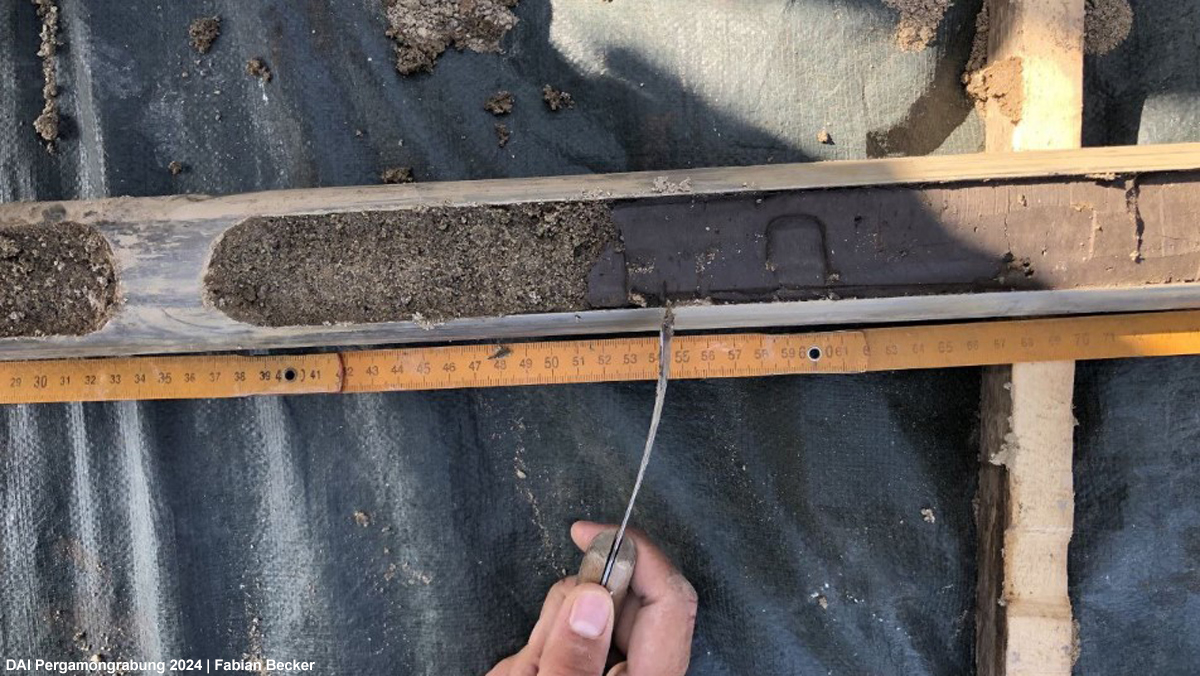From the Mountains to the City: Field Notes from the Selinus Valley
This season’s fieldwork explored the Selinus Valley upstream of ancient Pergamon, tracing how the river shaped – and was shaped by – human activity. Using geomorphological methods, drilling cores, and pebble counts, the team investigated past fluvial dynamics, flood histories, and modern alterations to understand the evolving relationship between landscape and settlement in the Pergamon Micro-Region.















